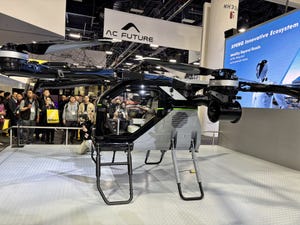Open-Source AI Platform Releases Guide for Low-Cost Robotics
Hugging Face tutorials aims to enable users to learn how to build AI-powered robots

AI community platform Hugging Face has released a series of detailed tutorials that promise to help developers of all abilities build and train their own AI-powered robots.
The guides, recently shared on X, aim to show users how to teach low-cost robotics hardware new skills with just a laptop, covering everything from sourcing parts to deploying AI models.
Users can learn how to train a neural network to directly predict the next motor rotations needed straight from camera images, Hugging Face principal research scientist Remi Cadene said on X.
For example, by programming via a laptop the neural network will be able to control a robot teaching it how to notice, pick up and move a Lego brick.
Cadene said the tutorial will unlock the power of end-to-end learning, “like LLMs for text but designed for robotics.”
The offering adds to the company’s LeRobot platform, which was launched in May. The application aims to provide models, datasets, and tools for real-world robotics in PyTorch, a machine-learning library.
Hugging Face said the goal of Le Robot is to lower the barrier for entry to robotics so that everyone can contribute and benefit from sharing datasets and pre-trained models.
In keeping with this, its new guide is designed to be accessible even to those who are new to robotics. As such it also includes detailed information on how to 3D print and assemble specially designed low-cost robot parts, the Koch v1.1 which is based on a previously developed robot.
Robotics is traditionally dominated by big corporations and research institutions that have large budgets and resources, but the tutorials could support smaller players to get involved.
Central to the offering is data sharing and community collaboration with Hugging Face providing tools for users to visualize and share data sets. Doing so could accelerate advancements in AI-driven robotics, said Cadene.
“If we all record datasets and share them on the hub, everyone will be able to train an AI with unmatched abilities to perceive the world and act on it,” he said.
About the Author
You May Also Like








